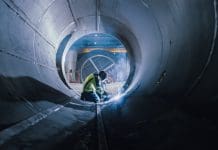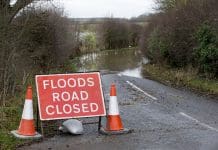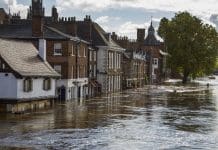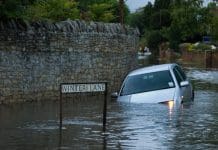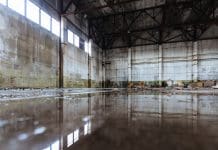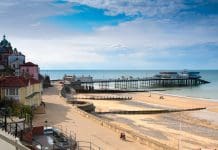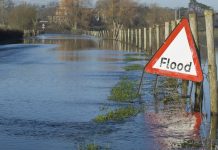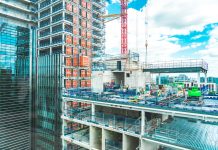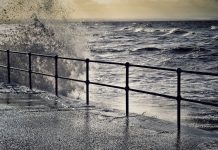Aquobex have the two fastest and safest (to deploy) temporary flood barriers in the world, amongst a portfolio that aims to address a wide variety of community wide flood scenarios.
Our range of temporary flood barriers include Rapidam – a PVC coated fabric barrier, K50 – a metal barrier, EcoDam – a water filled barrier, Floodstop – a water (or sand) filled plastic barrier and a prototype mobile passive barrier called AquaFragma.
Having a wide range of solutions is important as they can each fulfil different roles. Some are better on hard surfaces and some on soft surfaces. Some have a large footprint and others a smaller one. Some can go to 2.4m high and others can only manage 900mm of flood waters.
Imagine having the choice though!
Costs of temporary flood barriers
Other considerations are inevitably based on available budgets but although the initial cost of temporary flood barriers is important just as important, if not more so, is the ongoing or operational costs (OpEx).
If temporary barriers are hard or time consuming to deploy you can end up in the classic management dilemma of “Do I deploy, or don’t I?”
Damned if you do and it does not flood (deemed a waste of money and resource) and damned if you don’t and it does flood.
Having solutions that are fast and easy to deploy can help to relieve this dilemma.
Rapidam
Take Rapidam, for example. 100m of Rapidam can be deployed by 4 men in about 30 minutes using the Rapidam Handling Unit (RHU).
Although it takes slightly longer the K50 barrier offers another advantage. Because it is based on a “stop-log” system it comprises a pair of stanchions with horizontal planks or beams in between. Each beam is 200mm high so 6 are required to get to its full flood protection height.
However, the beauty of the system is that all stanchions and just the bottom beam can be deployed initially giving a full length of flood protection of 200mm height in next to no time.
Particularly beneficial is this kind of deployment in a rising flood event as once the bottom beam is in place along the defensive line all the rest of the beams can be installed from the dry side. Meaning your staff are safe from the rising waters and they can deploy the rest of the barrier height in complete safety, beam by beam.
Other barrier types that require tarpaulins, or plastic sheets to complete their water tightness can leave your staff isolated on the wet side of the barrier, exhausted and in danger from the flood waters.
Deployment of temporary flood barriers
Understanding where these temporary barriers are to be deployed is a further important part of their deployment, particularly in suburban environments.
Street furniture (lampposts, traffic signs and railings) present obstacles when they are in the line of the intended deployment.
The topography of the defensive line can also change along its length with flood heights changing by up to a metre in some instances.
Having the flexibility of barriers with varying flood heights and footprints at your disposal will mean an easier deployment if planned and rehearsed in advance.
These solutions are not just for the Environment Agency, first responders or local governmental authorities though as they can just as easily be deployed to protect business/retail parks, shopping centres, warehouses and factories.
For more information, click here.



